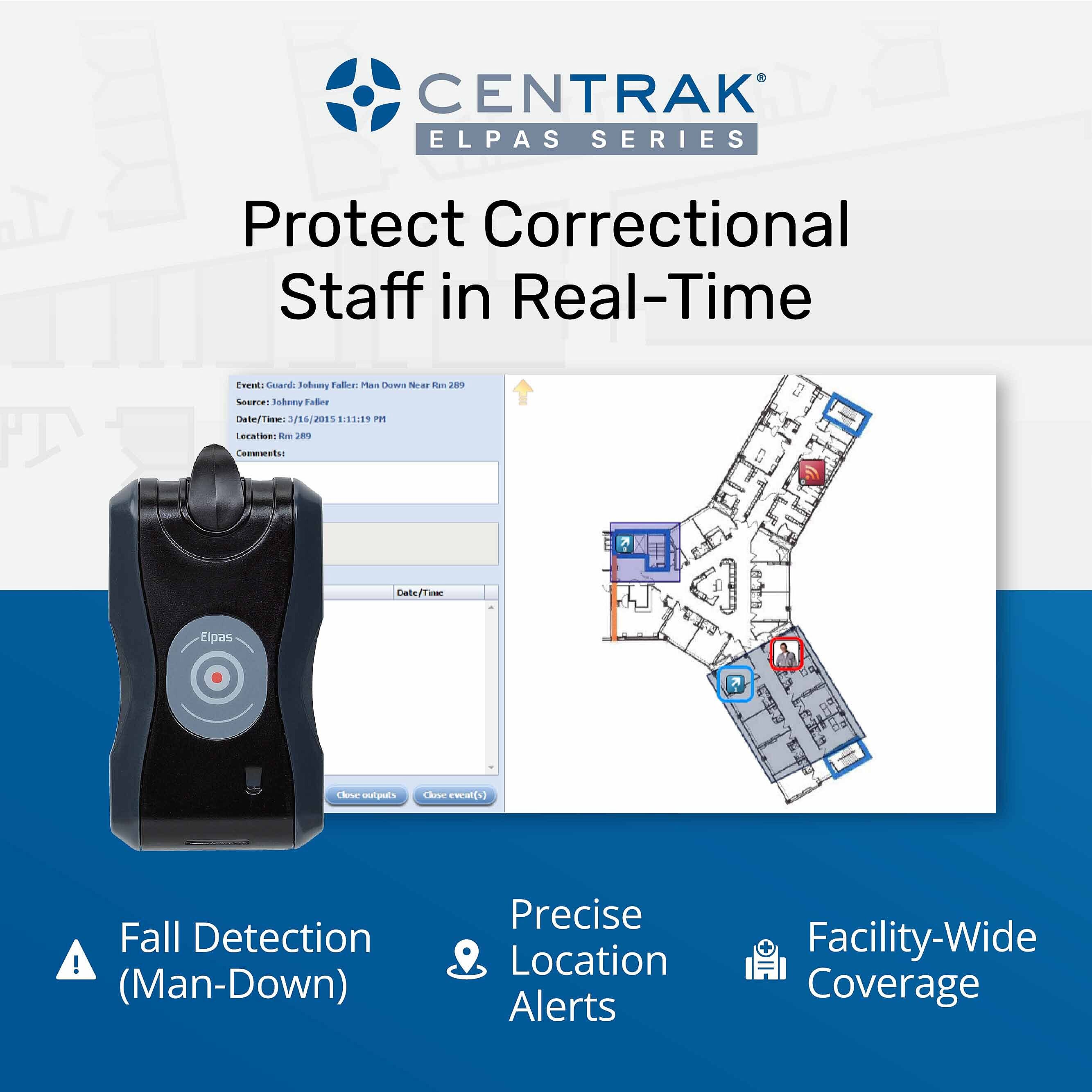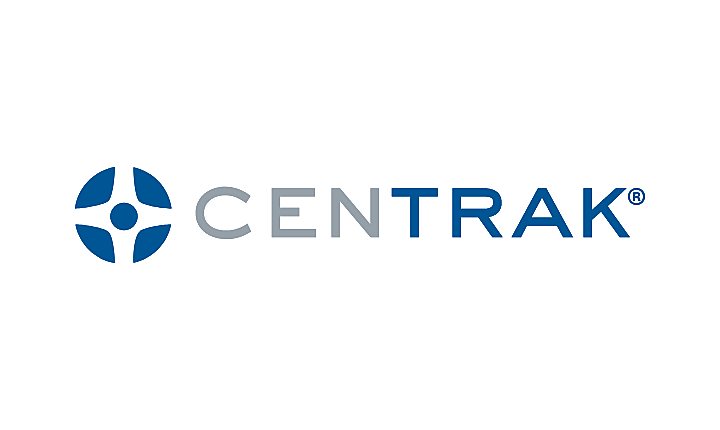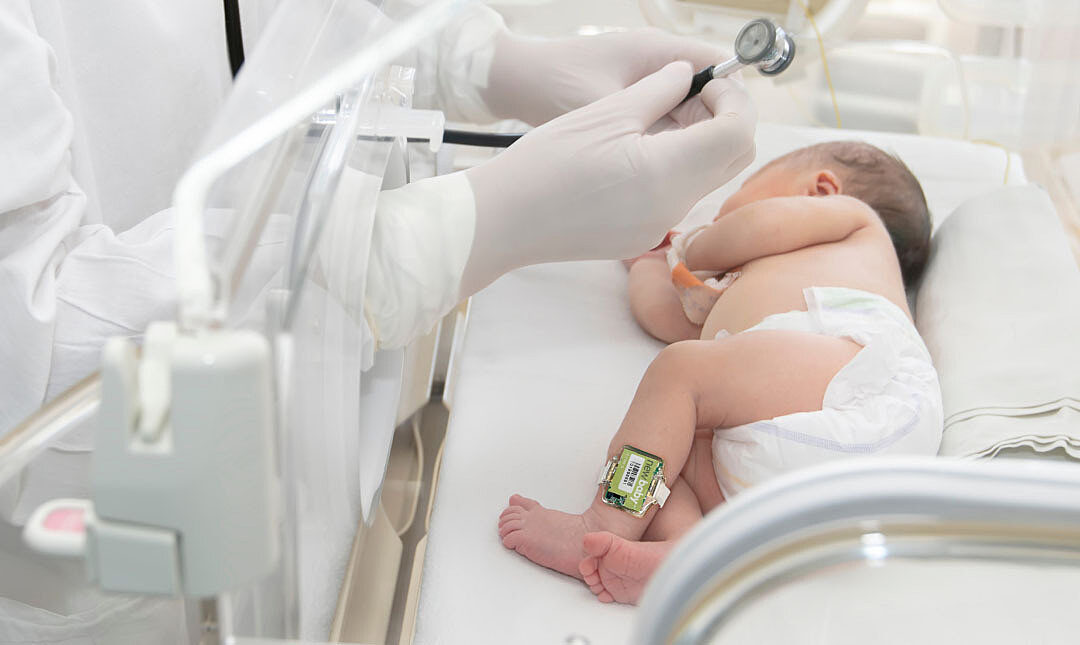How to Fix Nurse Burnout

Even before the first signs of the pandemic appeared, burnout was already becoming a major problem in the healthcare field. One 2021 survey found that over 95% of nurses reported feeling burnout within the past three years, leading many to consider or follow through with leaving the profession. As the industry faces significant staffing shortages and challenges providing safe environments for patients, knowing how to support nurses and reduce burnout is more important than ever.
Signs of Nurse Burnout
Burnout can occur in many industries where chronic workplace stress goes unmanaged. Healthcare employers have a significant role in minimizing nurse burnout, which often appears when nursing teams are understaffed, dealing with violence or are consistently asked to do more with less. While they may not be able to fix every issue, employers make a huge difference in mitigating or exacerbating the stress and demands placed on nurses.
Nurse burnout symptoms often include:
- Exhaustion: If employers continuously ask nurses to take on long shifts, difficult hours and emotionally taxing workdays, fatigue and poorer cognitive functioning will likely set in.
- Work-related anxiety: Nurses may develop severe, consistent anxiety about work if their day is unmanageable or stressful, especially over long periods of time.
- Reduced job satisfaction: Once pushed to burnout, nurses often resent their job, perhaps feeling detached and uninterested.
- Unexplained illness: Constant stress and tiring shifts can wear down a nurse's immunity and overall wellness, leading to increased sick days and callouts.
Nurse Burnout and Patient Safety
While burnout is a problem for any organization, healthcare facilities have a unique duty to patients. Healthcare facilities with nurses facing symptoms of burnout can inadvertently put patient safety at risk.
As nurses reach their breaking points and leave the profession, the industry faces a snowball effect, where staffing shortages cause more nurse stress and burnout. Eventually, safety becomes compromised with higher patient ratios.

How to Decrease Nurse Burnout
Healthcare organizations can make significant changes with the right interventions to reduce nurse burnout and to improve patient safety. Organizations must reduce the pressure on staff and make sense of the intrinsic chaos within the healthcare environment. One effective strategy is to use real-time location systems (RTLS). These hospital-level solutions can help with nurse burnout prevention through:
- Finding patients: If a nurse needs to find a patient, RTLS quickly displays their location. Nurses can spend less time searching and more time delivering care.
- Patient status updates: When a patient moves from one phase of care to the next, RTLS can send automated texts to the patient's family. They stay in the loop while nurses can focus on other duties.
- Finding equipment: Nurses can eliminate the frustration and time-consuming process of hunting down equipment, critical to their patient's care, by quickly finding its location in the RTLS.
- Reducing patient wait times: If a patient has a long wait time, nurses can receive notifications and take proactive steps to see them sooner. Lower wait times can limit the need for service recovery, which can increase stress for everyone involved.
- Providing backup and improved safety: By pressing a button on their badge, nurses can discreetly call security and other colleagues, who know right where they are and can quickly assist. This feature helps nurses feel safer in a setting where physical or verbal assault from patients is unfortunately common.
Avoid Nurse Burnout With RTLS
Of course, technology isn't a silver bullet, but it can help offload some tasks and drastically improve the workday for nurses, helping them regain time and mental balance. The right solutions for nurse burnout can eliminate some of the stress and chaos.
CenTrak offers a wide range of RTLS solutions to help healthcare facilities keep nurse burnout at bay. Schedule your demo today to learn how to better support nurses with automated technology and increase their job satisfaction through precise, real-time locating.






